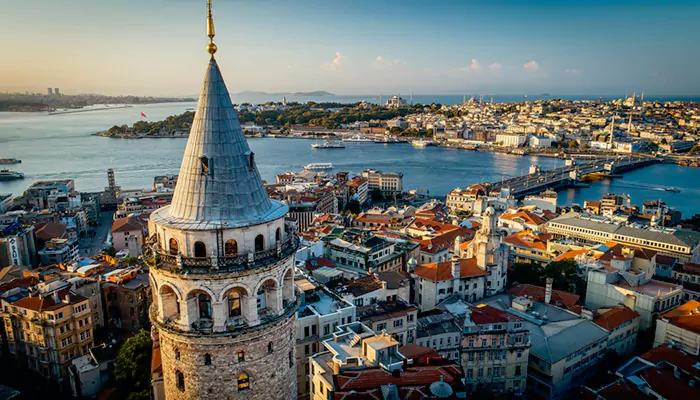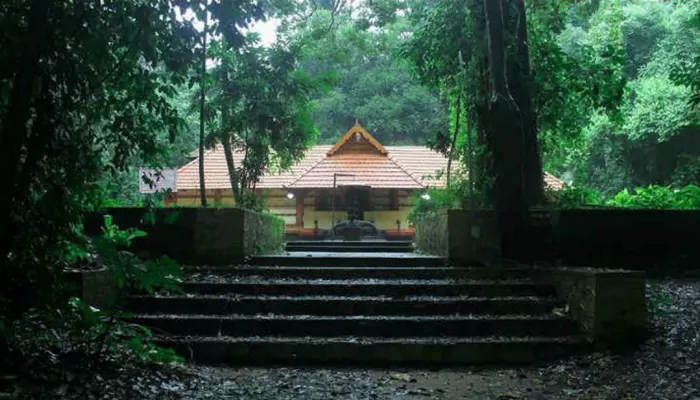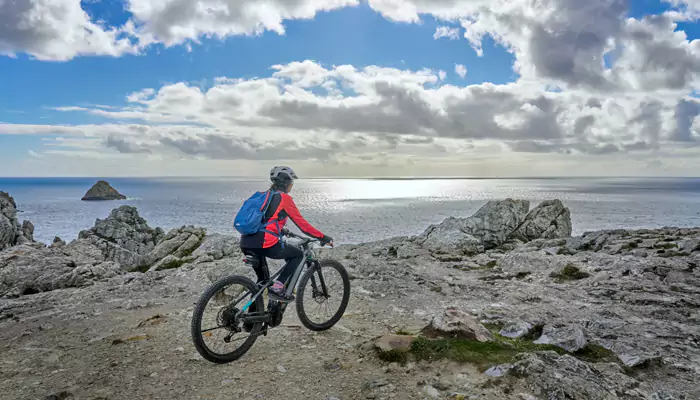
Months after months, no sun, these places experience winter with no sun
Polar nights occur in regions near the poles during the winter months, from September to March in the Northern Hemisphere and from March to September in the Southern Hemisphere. During this time, even areas on the Earth's day side do not receive direct sunlight as the polar region tilts away from the Sun, keeping it below the horizon.
The onset of polar night begins around the autumnal equinox in September at the North Pole, lasting approximately six months until the vernal equinox in March, marking the beginning of six months of Polar Day or Midnight Sun. As the Sun gradually descends further below the horizon after the September equinox, the polar night extends southward, encompassing nearly all of the Arctic Circle around the December solstice.
Following the winter solstice in December, the polar night area retreats northward towards the North Pole. By the spring equinox in March, the Sun rises again at the North Pole, initiating a Polar Day lasting about six months. In the Southern Hemisphere, areas within the Antarctic Circle experience Polar Days when the Northern Hemisphere undergoes polar nights.
While polar nights are predominant in regions near the poles, areas just inside the Arctic Circle may not experience a complete 24-hour night around the December solstice due to factors such as sunrise and sunset definitions and refraction. Refraction causes the Sun to become visible above the horizon before it actually rises, resulting in twilight even in areas within the polar night region.
Living in polar nights
Living through polar nights can be challenging, as the absence of daylight disrupts our natural rhythms, increasing the risk of depression and feelings of nervousness and irritability. People may also experience fatigue, anxiety, and weakened immune systems, making them more susceptible to illnesses and skin issues. These symptoms collectively form 'polar health disorder syndrome', mainly caused by insufficient serotonin production due to the lack of UV light.
To minimize the negative effects of polar nights, there are preventive measures. Maximizing exposure to sunlight and using bright artificial lighting to boost serotonin levels, engaging in physical activity like skiing or swimming to promote serotonin production and maintaining good health. Additionally, maintaining a balanced diet rich in healthy fats and serotonin-boosting foods like bananas and dark chocolate or choosing fruit juices over hot drinks to maximize vitamin intake.
Places that experience polar nights
Tromsø, Norway
Situated in the Arctic Circle, Tromsø encounters extended periods of darkness during the winter months. Life in Tromsø during polar nights involves adjusting to limited daylight hours and extreme cold temperatures. Residents often rely on artificial lighting to simulate daylight indoors, and outdoor activities may be limited to daylight hours or supplemented with additional lighting. Additionally, communities in Tromsø organize cultural events and festivals to boost morale and combat the effects of seasonal depression.
Barrow, Alaska
Located within the Arctic Circle in Alaska, Barrow experiences polar nights from late November to late January. Residents of Barrow adapt to the darkness by utilizing artificial lighting and engaging in indoor activities during the extended night hours. Some measures taken to alleviate the impact of polar nights include the promotion of outdoor recreational activities during the limited daylight hours and the provision of mental he
Svalbard, Norway
An archipelago situated between mainland Norway and the North Pole, Svalbard is characterized by harsh Arctic conditions, including polar nights that last for several months. Life in Svalbard during polar nights revolves around indoor activities, with residents relying on artificial lighting and insulation to combat the cold and darkness. Additionally, community initiatives such as cultural events, social gatherings, and outdoor excursions help residents maintain a sense of connection and well-being during the extended periods of darkness.








.webp)



